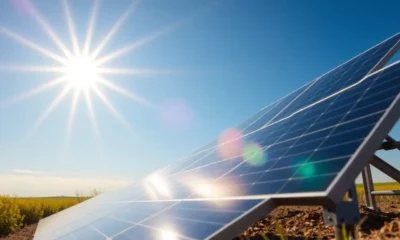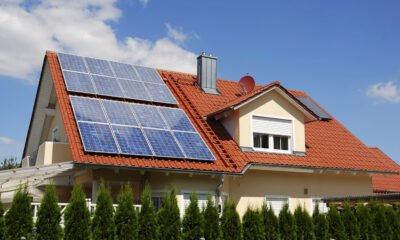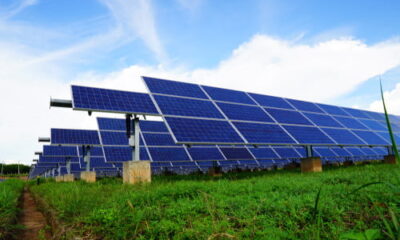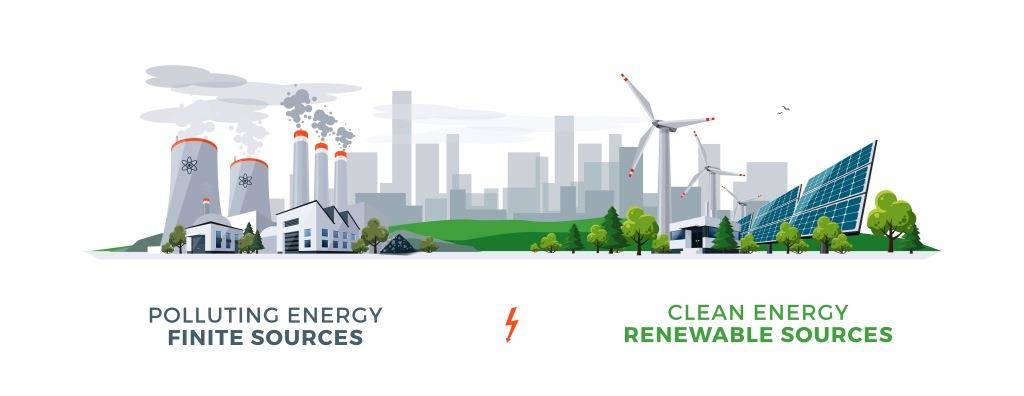
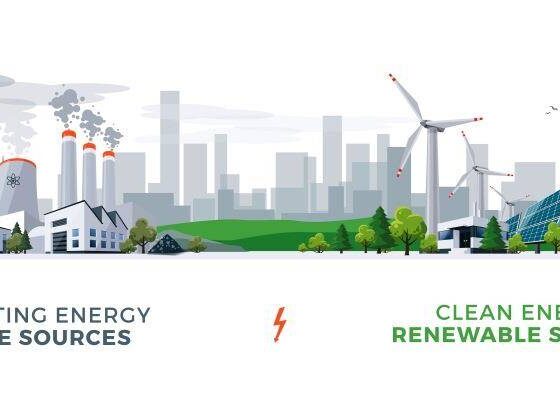
Editors Choice
How to Combine Solar and Geothermal Renewable Energy Sources
Homeowners who make the transition to renewable energy often prioritize solar panels. They’re effective for powering appliances, air conditioning and lighting, among other household applications. Heating, on the other hand, requires an additional solar thermal system beyond what the homeowner already has.
Instead of making a more substantial investment in a solar installation, you have alternatives. When you pair a solar energy system with a geothermal heat pump, you can enjoy the advantages of both renewable energy sources with few downsides. A combined system has a variety of attractive aspects.
Of course, it helps to have an understanding of geothermal heat pumps and how they work. When you have a better grasp on this technology — and the benefits of a combined system — you’ll see why more and more people are starting to make the switch. So what should you know as you move forward?
Why Should Homeowners Use a Combined System?
A geothermal heat pump circulates liquid through pipes which are 300 feet deep in the ground. The liquid then adjusts to the ground’s temperature and returns to the heat pump, allowing for a clean, eco-friendly source of energy. However, geothermal systems require a moderate amount of electricity to run.
A solar panel installation can generate electricity for your geothermal heat pump at a comparatively low cost. When these two systems work in tandem, a homeowner can reach new heights of efficiency, reducing their environmental impact and energy expenses by a significant margin.
In terms of energy expenses, you can expect to save as much as 80% each year on hot water, heating and cooling when you switch from an HVAC system to a geothermal heat pump. Recent trends in these heat pumps — like smaller, modular “mini-split systems” — have made them an even more appealing option.
As context, mini-split systems are a newer generation of geothermal heat pump which enables a homeowner to heat and cool a few rooms at a time, selectively. A zoned approach to heating and cooling and a solar energy system is often less expensive than central air conditioning and natural gas heat.
Given the respective benefits of solar and geothermal energy, homeowners have shown an increasing interest in combined systems. At the same time, those who want to invest in multiple sources of renewable energy should take a strategic approach to installation. Here’s what you should keep in mind as you continue.
How Can Homeowners Use a Combined System?
Many homeowners who choose to invest in a combined system start with a geothermal heat pump. In doing so, they can immediately reduce their heating and cooling costs while getting a feel for renewable energy. Once they have a little more history on their actual electrical usage, they purchase solar panels.
If you purchase panels before you invest in a geothermal system, you might spend more than necessary and end up with excess power. You’ll likely need far less energy after you install a geothermal heat pump, so it’s smart to postpone any major investment in solar energy if you’re planning to combine systems.
Of course, these suggestions may or may not seem relevant depending on your situation. You might already have a solar panel installation, and you’re considering a geothermal heat pump. The status of your roof is crucial as well, and you might have to replace it before you move forward with a rooftop system.
Concerning the installation, many homeowners are hesitant over the high upfront cost for combining solar and geothermal energy. The U.S. government has accounted for these expenses with a federal tax credit that pays for 30% of the installation for a geothermal system, making them far more accessible.
In short, it’s critical to evaluate the best course of action if you’re intent on a combined system. If you’re careful about how you implement your changes, you’ll ensure your transition to renewable energy is smooth and free of any issues. Just explore the subject in greater detail and know what’s involved.
Combining Solar and Geothermal Energy
As you move forward, consider some of the suggestions above. You’ll take full advantage of solar and geothermal energy in your home when you’re careful about installation and payment. With that in mind, review your options and start planning a change today.


 Environment10 months ago
Environment10 months agoAre Polymer Banknotes: an Eco-Friendly Trend or a Groundswell?

 Environment12 months ago
Environment12 months agoEco-Friendly Home Improvements: Top 7 Upgrades for 2025

 Features9 months ago
Features9 months agoEco-Friendly Cryptocurrencies: Sustainable Investment Choices

 Features10 months ago
Features10 months agoEco-Friendly Crypto Traders Must Find the Right Exchange
